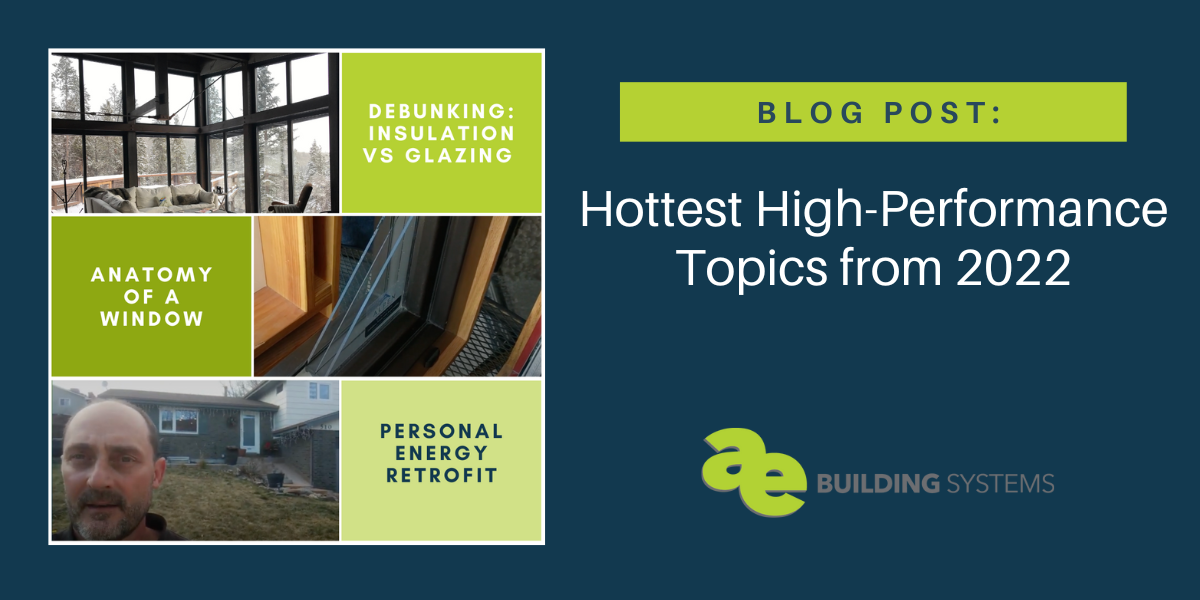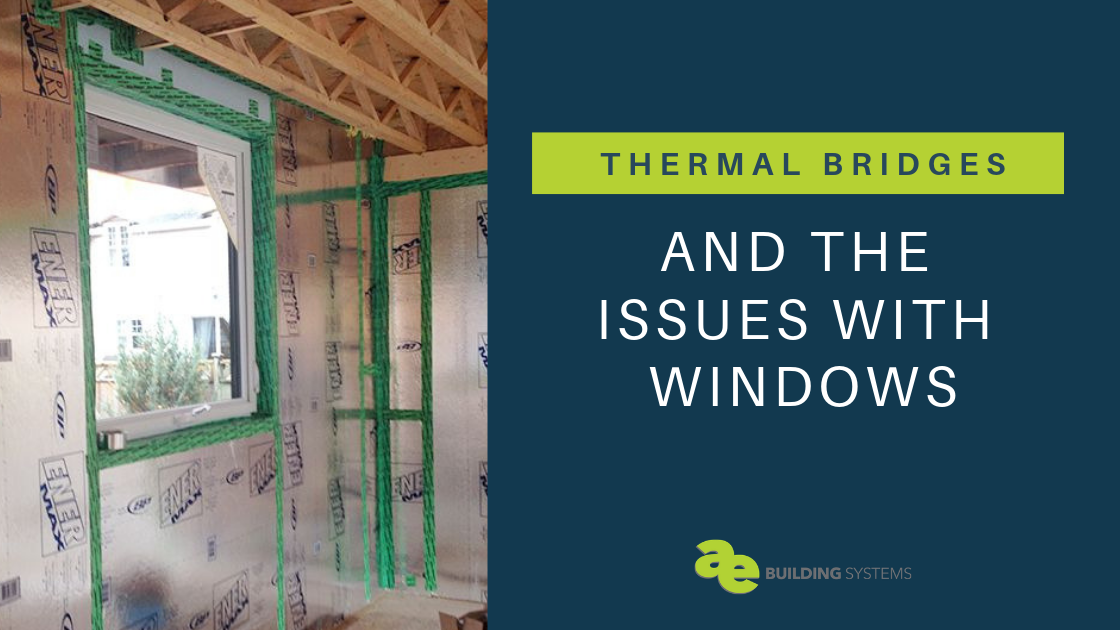Tag: windows
-

Passive House Wins: Top High-Performance Trends of 2024
As 2024 winds down, we’ve been reflecting on a great year—and, true to form, diving into the data! We analyzed this year’s blog posts to uncover the “hottest high-performance topics of 2024.” The big trend we discovered is that readers are eager to learn how to conserve energy, improve thermal performance, and cut costs at…
-

The Yeti is in the Details: Window Spacers
You may have heard the devil is in the details, but when it comes to ice buildup on a cold window, we know it’s probably more fitting for the abominable snowman. Have you ever wondered why ice forms around the edges of your windows on a cold day first? You may look at a window…
-

Options for Large Windows in High Wind Load Areas
“It is the great north wind that made the Vikings.” – Scandinavian Proverb If the great north wind helped make the epic, strong Vikings, it’s no wonder that the wind impacts some of the recent innovations to create better, stronger construction practices! We’re seeing it happen day in and day out with new approaches for…
-

Hottest High-Performance Topics from 2022
A quick reflection on high-performance principles discussed in 2022 As we wind down the year, the data nerds in us wanted to see which AE blog post topics resonated most in 2022. After reviewing our performance stats, here’s what we discovered and are now labeling “hottest high-performance topics from 2022.” Here’s what this tells us,…
-

Anatomy of a Window: Basics for High-Performance Windows
It’s time to get up close and personal with windows! We usually just focus on the scene we can see through the window, but what looks so simple can actually be very complex. There are three main sections to the overall anatomy of a window: frames, spacers, and glass. While we often focus on the…
-

High-Performance Windows & Air Infiltration
Generally speaking, windows are the weakest link in our building envelopes. When evaluating windows, often the insulative specifications (R-value / U-factor) are the primary focus. Just as important are the air infiltration rates. Code-built homes often lose 20 to 40% of the heat in the home through air infiltration. Windows and doors are a significant…
-

What Are Construction Thermal Bridges in Buildings?
Do you have a random “cold spot” in your dining room or perhaps in an area where a sweater is always needed, no matter how high the thermostat is set? Thermal bridges may be at play. If you don’t work in or around construction, you may have never heard the term “thermal bridging”–but you’ve likely…
-

High-Performance Windows
If eyes are the windows of the soul, then windows are the eyes of the energy-efficient home. Generally, windows are the weak link in the walls of a home. “I love putting plastic on my windows to keep cold air out and warm air in,” said no one ever. That is why considering the brand…

